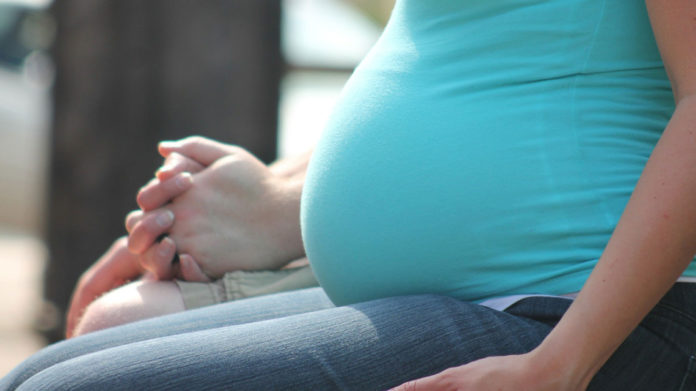C-section rates decrease in more than half of U.S. states

The percentage of babies delivered by cesarean section in the United States has increased dramatically over the past several decades, but that trend is now reversing, according to a new report from the Centers for Disease Control and Prevention.
Researchers looked at the rates of low-risk c-sections between 1990 and 2013 and found that, though one-third of all babies born in the U.S. are still delivered via c-section each year, the frequency of this mode of delivery is declining in most parts of the U.S. Generally, “low-risk” c-sections are those done in situations when a vaginal birth would have posed a relatively low risk to the mother and baby’s health; high-risk c-sections are those done out of greater medical necessity.
Most c-sections done in the U.S. are low-risk c-sections. In the study, the researchers looked at low-risk c-sections done when it was the mother’s first time having a baby and she was having only one baby (not multiples), and the baby had reached at least 37 weeks of pregnancy and was positioned optimally, ready to be born head-first, according to the CDC report.
The study found that the rate of such c-sections decreased in more than half of U.S. states between 2009 and 2013. In three states — Hawaii, Massachusetts and Virginia — the rate of c-sections in low-risk deliveries decreased by at least 15%, according to the report.
The report also said c-section rates decreased across all maternal age and racial groups between 2009 and 2013. But the c-section rate dropped by 6% among white women, whereas among black and Hispanic women, it dropped 1% over the study period. The c-section rate for women under age 40 decreased 6%, while for those over age 40, it dropped 2%.
The largest decline was observed among women who were 38 weeks pregnant at time of delivery, according to the report. For these women, the rate of low-risk cesarean decreased 9% between 2009 and 2013.
This downward trend in the rate of c-sections in the U.S. isn’t an accident. In recent years, there’s been a push to reduce the number of unnecessary, or not medically needed, c-section deliveries for first-time moms, according to the new report. The reason for such efforts is not explicitly stated in the CDC’s report. However these efforts are likely linked to the risks that unnecessary c-sections pose for both mothers and babies, which include increased likelihood of certain medical conditions for babies, and an increased risk of infection in moms, according to the Mayo Clinic.
The focus on lowering c-section rates may also have to do with the fact that although c-sections are safer than vaginal births in some cases, the 60% increase in c-sections that the U.S. experienced between 1996 and 2009 was not accompanied by a decrease in the rates of death or disease in newborns, said Dr. Aaron Caughey, chair of the department of obstetrics and gynecology at Oregon Health and Science University.
“I question why we would perform an additional 440,000 open surgeries on women without evidence of benefit,” Caughey told Live Science in an email. “Thus, part of the focus [on lowering the c-section rate] is an effort to make sure we are doing medically-indicated cesareans, and that our indications [for doing the surgery] have a basis in the evidence.”
The vast majority of women — about 90% — who deliver their first child by c-section will go on to deliver all of their children by c-section, Caughey said. And those subsequent surgeries pose more risk of complications than the first, he added.
“We have a large rise in cesareans from 1995 to 2009 that has leveled off,” Caughey said. “Efforts to encourage a more thoughtful approach to mode of delivery may be beginning to have an impact, but more work and research need to be done.”
- What Would You Do If You Didn’t Have to Sleep?
- How to Fight Viral Epidemics in the Future
- What If We Didn’t Need Sleep?
- How Unconditional Love Helps Kids with Setbacks
This article originally published at LiveScience here

